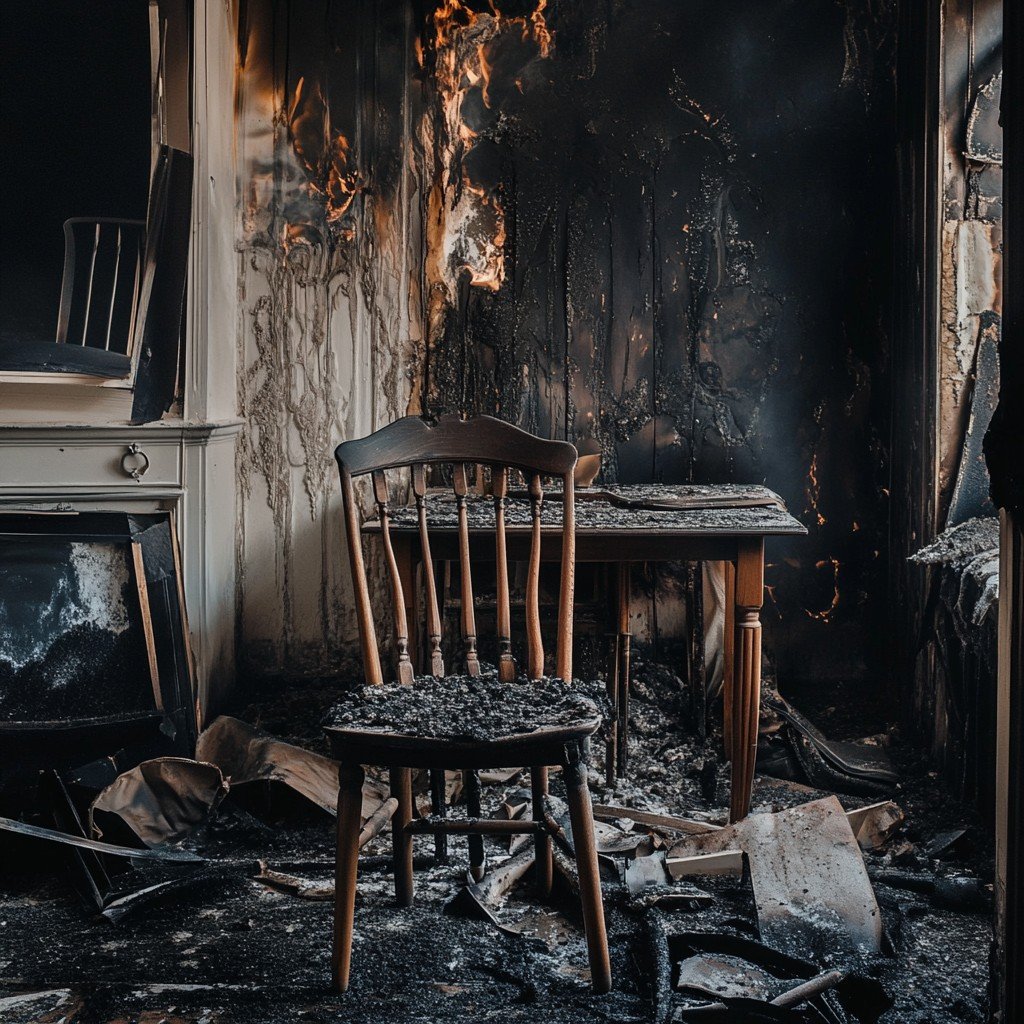
Residual Haunting vs. Intelligent Haunting: Understanding the Difference Between the Two
In the world of paranormal investigation, few topics spark as much curiosity as the distinction between residual hauntings and intelligent hauntings. Whether you’re a seasoned ghost hunter or someone fascinated by the unknown, understanding how these two types of hauntings differ can completely change how you interpret an investigation.
While both involve unexplained phenomena – sounds, voices, apparitions, cold spots or movements – the key difference lies in awareness. A residual haunting acts like a replay of the past, while an intelligent haunting involves a conscious spirit who may be attempting to communicate. Knowing which one you’re dealing with is essential for accurate investigation and understanding the nature of the paranormal world.
What is a Residual Haunting?
A residual haunting is often described as a playback of energy, an imprint left behind from a powerful moment in time. It’s not a conscious spirit, but rather an energetic recording of an event that continues to replay long after the people involved are gone.
These hauntings are typically tied to emotional or traumatic experiences. The stronger the energy during the event – grief, fear, anger or even joy – the more likely it is to have left a mark on the environment. Many investigators believe that the surrounding materials, such as stone or wood, can absorb and store this energy, releasing it under certain conditions like humidity, temperature or time of day.
Common Signs of a Residual Haunting
- Repetitive Activity: The same sequence repeats. Footsteps at the same hour, door closing or an apparition walking the same path.
- Lack of Awareness: The entity doesn’t notice or interact with the living. It’s like a scene from history on an endless loop.
- Predictable Timing: Activity may occur at specific times or dates related to the original event.
- No Direct Communication: Attempts to speak or engage with the spirit are followed with no responses.
A classic example might be a soldier eternally marching down an old hallway, or the faint sound of a woman crying in an empty room where tragedy once struck. These hauntings feel more like time bleeding through the cracks rather than a spirit reaching out.
What is an Intelligent Haunting?
An intelligent haunting, sometimes called a conscious haunting, is when a spirit appears aware of its surroundings and interacts with the living. These are the experiences that often leave investigators questioning what lies beyond death, as they suggest the survival of consciousness.
Common Signs of an Intelligent Haunting:
- Direct Response: Spirits react to questions or commands during EVP sessions, spirit box sessions or dowing rod communication.
- Environmental Interaction: Objects move, lights flicker or equipment responds intelligently to questions.
- Emotional Awareness: Some spirits display recognizable personalities, emotions or intentions. Be it playful, protective or at times, unsettling.
- Unpredictable Activity: Unlike residual energy, intelligent spirits act with purpose. Often in ways that seem designed to get your attention.
An example might be hearing a voice reply when you ask “Is anyone with me?” or having your EMF detector light up in direct response to a request. These hauntings often feel deeply personal, as though something unseen is aware of you, observing quietly from just beyond perception.
How Paranormal Investigators Tell the Difference
For investigators, understanding the type of haunting they’re dealing with is vital. It shapes how an investigation is conducted, how data is interpreted and even how the team interacts with the environment.
- Observation and Repetition: If the activity happens at the same time every night or follows a predictable pattern, it’s likely residual. Intelligent hauntings are much more dynamic, with varied responses that often depend on investigator interaction.
- Communication Attempts: Residual energy doesn’t communicate. If you ask a question and recieve a direct EVP or spirit box response, that’s a strong indicator of intelligence behind the activity.
- Environmental Correlation: Residual hauntings oftn occur in historically significant places – battlefields, old homes or areas marked by intense emotion. Intelligent hauntings can happen anywhere, but they’re more focused on individuals, unfinished business or emotional ties.
- Equipment Analysis: Paranormal tools such as EMF detectors, EVP recorders and REM pods help distinguish the two. Unchanging energy readings often point to residual energy, while spikes that coincide with questions or movement indicate intelligence.
Why Understanding the Difference Matters
Distinguishing between residual and intelligent hauntings is more than a matter of terminology, it’s about understanding the nature of what you’re experiencing.
- Residual Hauntings: Offer a glimpse into the past. They tell stories of what once happened in a place, revealing emotional energy preserved in time.
- Intelligent Hauntings: Suggest an active consciousness, a spirit trying to reach out, communicate or even seek closure.
For paranormal investigators, knowing this difference can mean the success or failure of an investigation. It also brings a sense of respect, recognising when you’re witnessing history versus when you’re in the presense of something truly aware.
Theories Behind the Phenomena
While science has yet to explain these hauntings concluseively, several theories attempt to make sense of them.
- The Stone Tape Theory: Suggests that emotional or traumatic events imprint themselves into building materials or natural elements, later replaying under specific conditions.
- Conscious Energy Theory: posits that a persons consciousness or energy can persist after death, continuing to interact with the living world.
- Psychological Resonance: Some believe these hauntings are manifestations of collective human emotion or memory, blending energy from the past with the perception of the present.
These theories remain speculative but help bridge the gap between what is experienced and what may one day be scientifically understood.
Final Thoughts
Whether it’s a residual haunting, endlessly replaying echoes of the past or an intelligent haunting, where something aware watches and listens, both forms of activity reminds us how thing the boundary between worlds might truly be.
Every whisper in the dark, every unexplained shadow and every voice captured on an EVP recorder could hold a story. Some written long ago, others still unfolding.
For investigators and enthusiasts alike, understanding these distinctions deosn’t just make for better research; it deepends the connnection between the living and the unseen.
